Cookies are messages that web servers pass to your web browser when you visit Internet sites. Your browser stores each message in a small file, called cookie.txt. When you request another page from the server, your browser sends the cookie back to the server. These files typically contain information about your visit to the web page, as well as any information you've volunteered, such as your name and interests.
The term "cookie" is an allusion to a Unix program called Fortune Cookie that produces a different message, or fortune, each time it runs.
(Source: Mozilla FireFox, Help)
How to activate cookies in IE (Version 6.0)
- Open "Tools >> Internet Options".
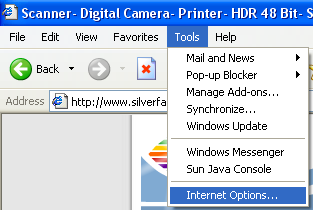
- Choose "Privacy".
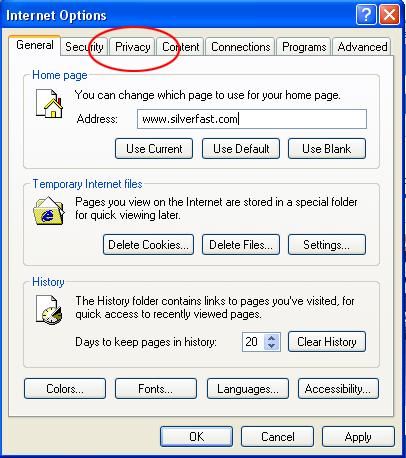
- Choose the desired security level with the controller. You can choose betwen "accept all cookies", "low", "medium", "medium to high", "high" and "block all cookies". "Medium" is the default value.
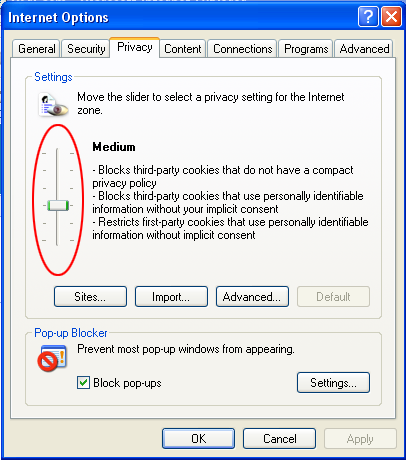
- If you have chosen "low", "medium", "medium to high" or "high" you can explicitly define websites the security level shall not apply to. Click on "Sites" to define.
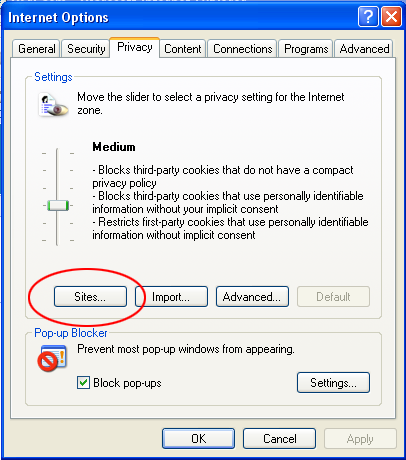
- In the next dialogue box you can define whether a URL will always be allowed or blocked, independent of the general security level.
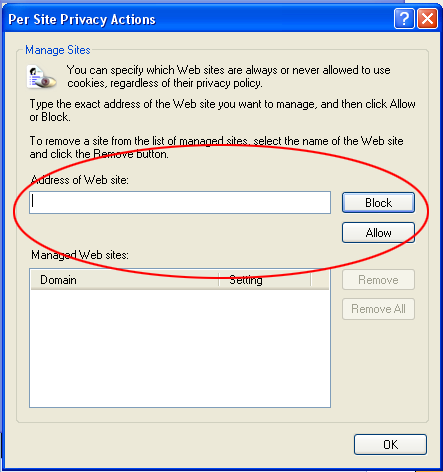
- Click on "Apply" and "OK" to update your changes.
- To delete all cookies choose "Tools >> Internet Options" again.
- At "General" you will find "Delete Cookies".
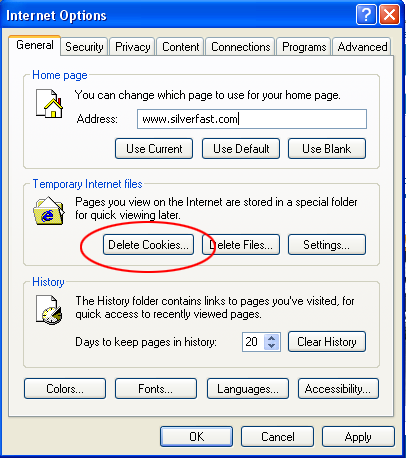
 English
English Deutsch
Deutsch Français
Français Italiano
Italiano 日本語
日本語 Español
Español Português
Português Russian
Russian Chinese (Simp.)
Chinese (Simp.) Czech
Czech Polish (Store only)
Polish (Store only)